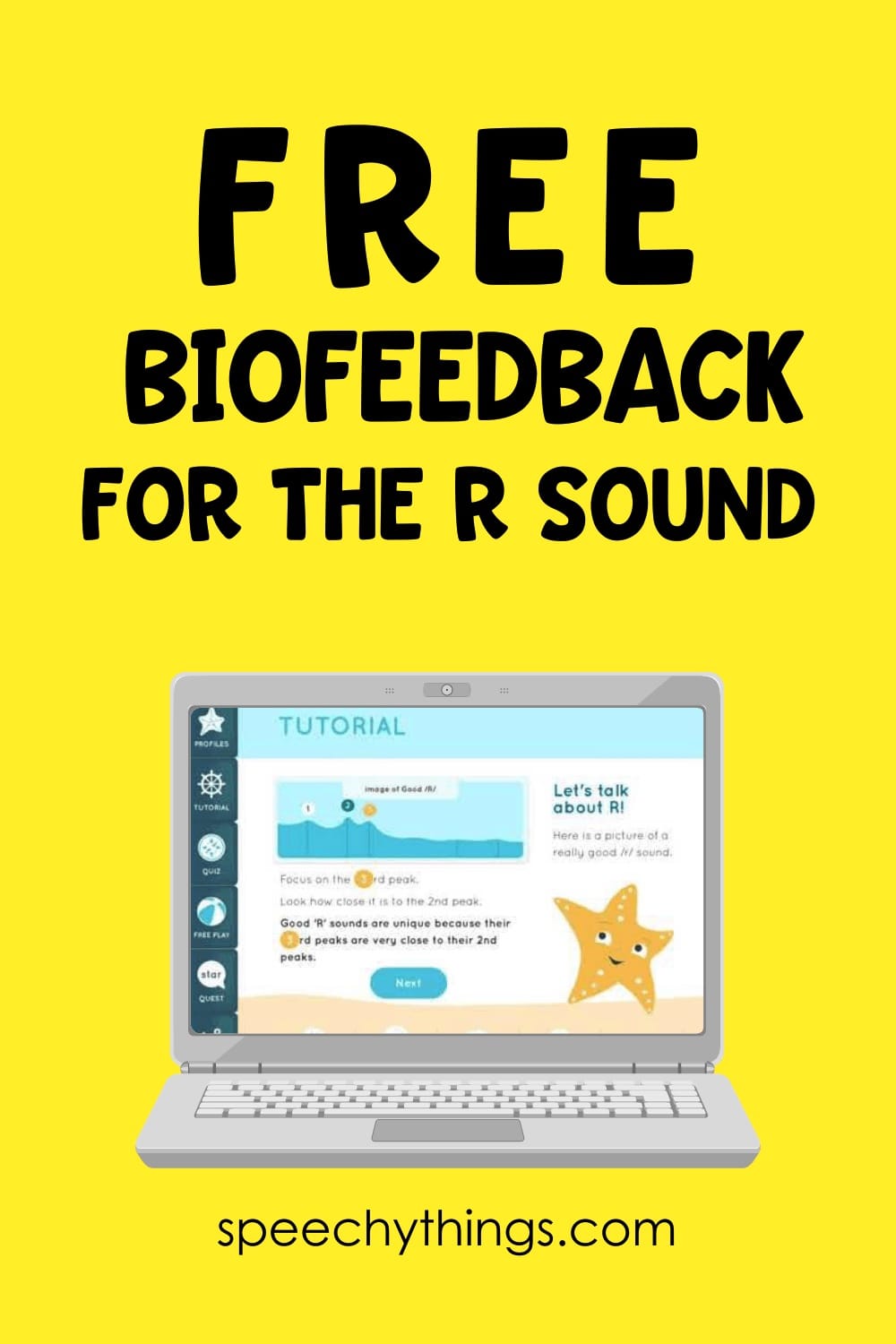
FREE Biofeedback That You Should be Using in Speech Therapy Sessions for the R Sound
There is a mountain of research that discusses the benefits of using biofeedback for residual errors such as the R sound. (Check out anything from
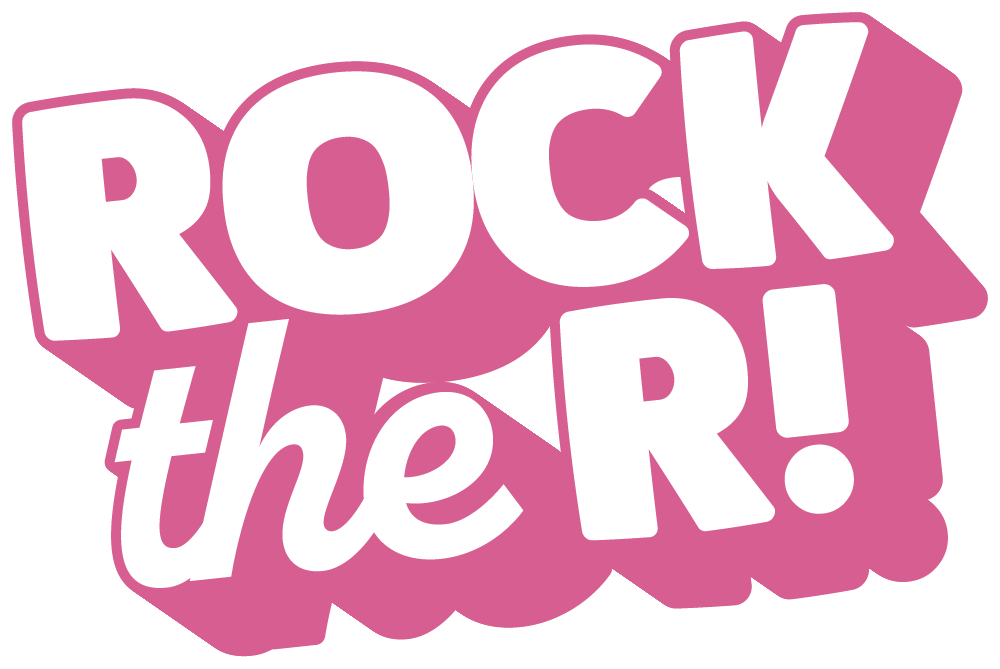

There is a mountain of research that discusses the benefits of using biofeedback for residual errors such as the R sound. (Check out anything from
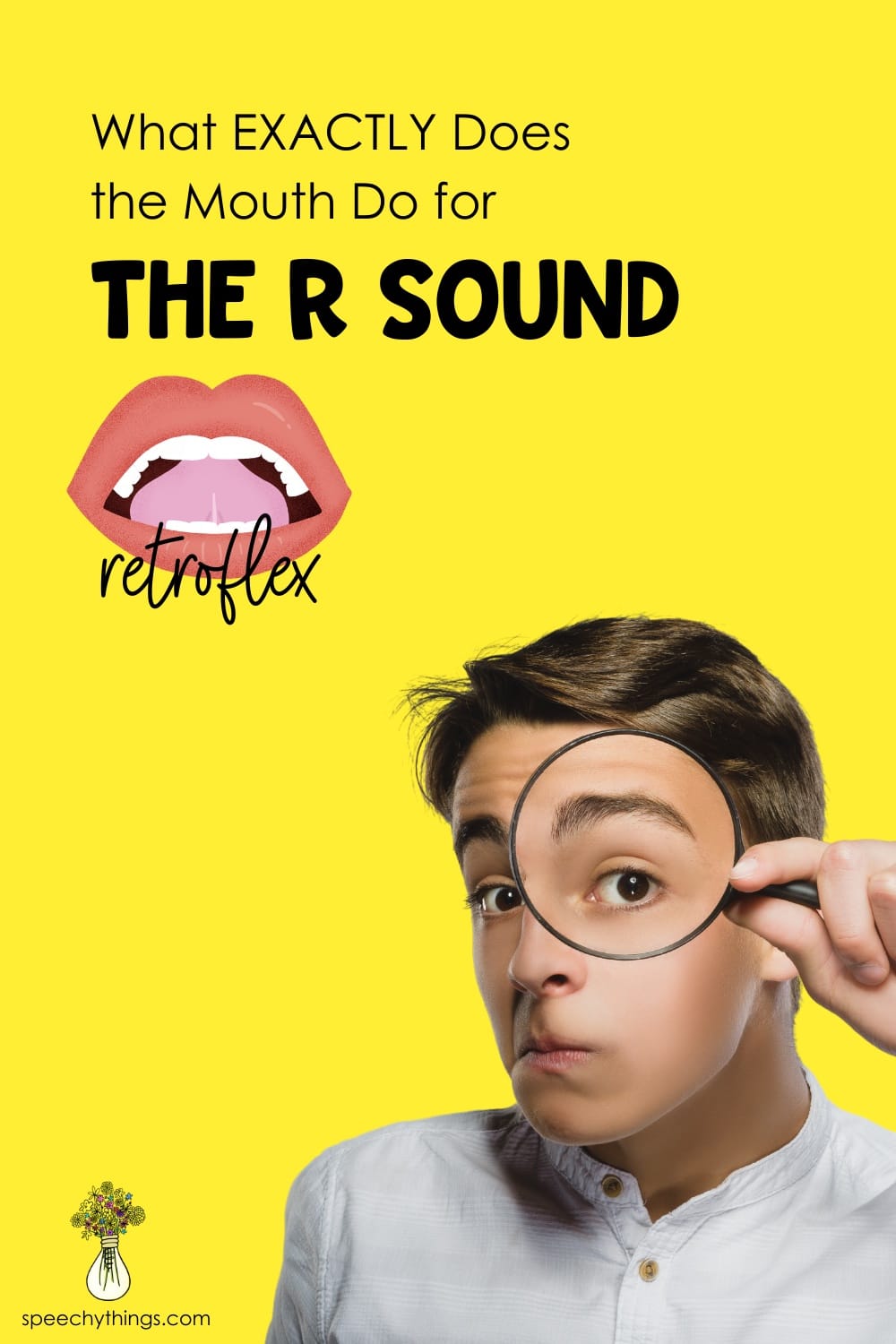
The r sound is one of the trickiest to teach in speech therapy. I find most of my students find success with retroflex R vs
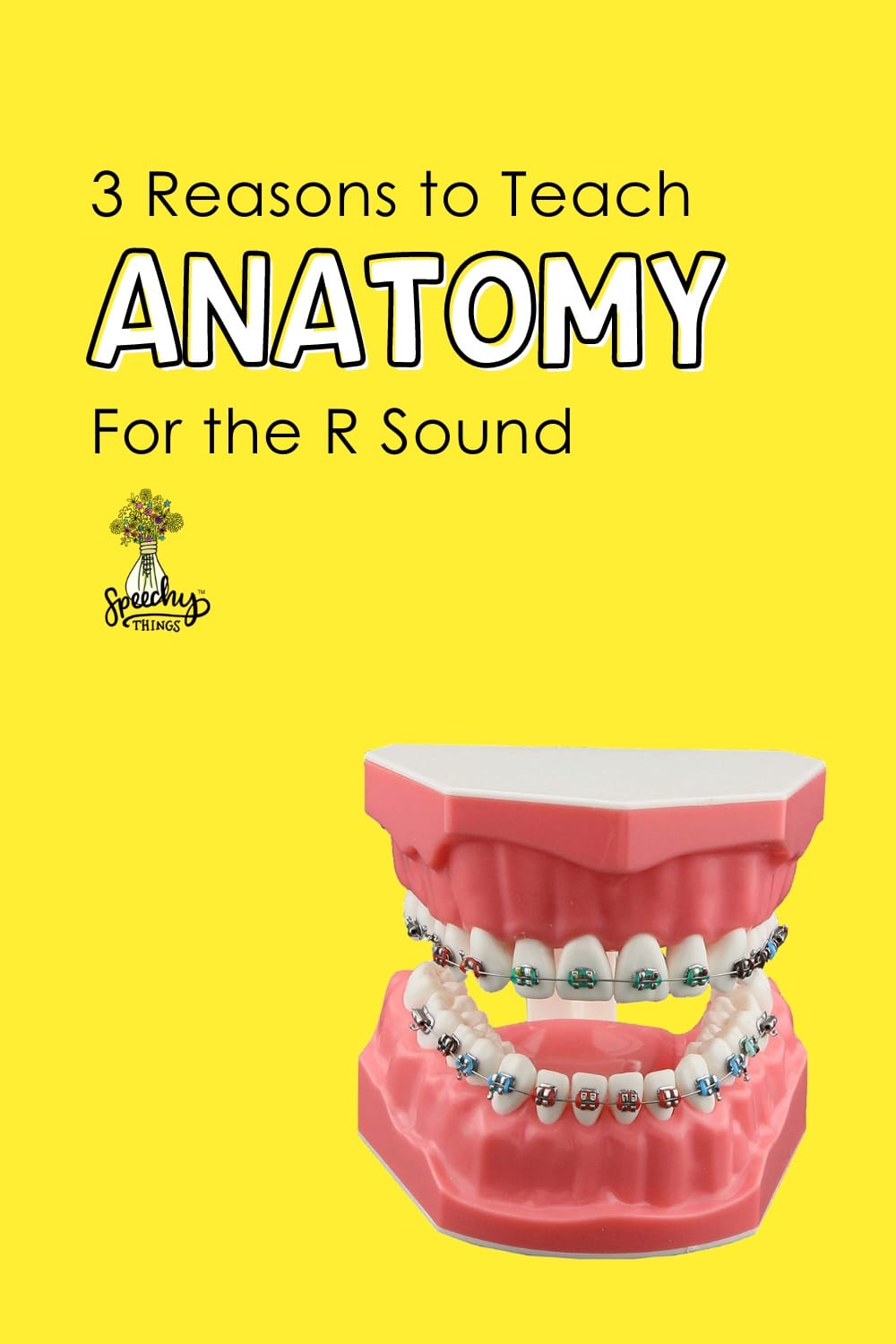
At the beginning of every speech therapy relationship with a new “R Kid,” I work on anatomy. Why? Because R is so darn hard! When
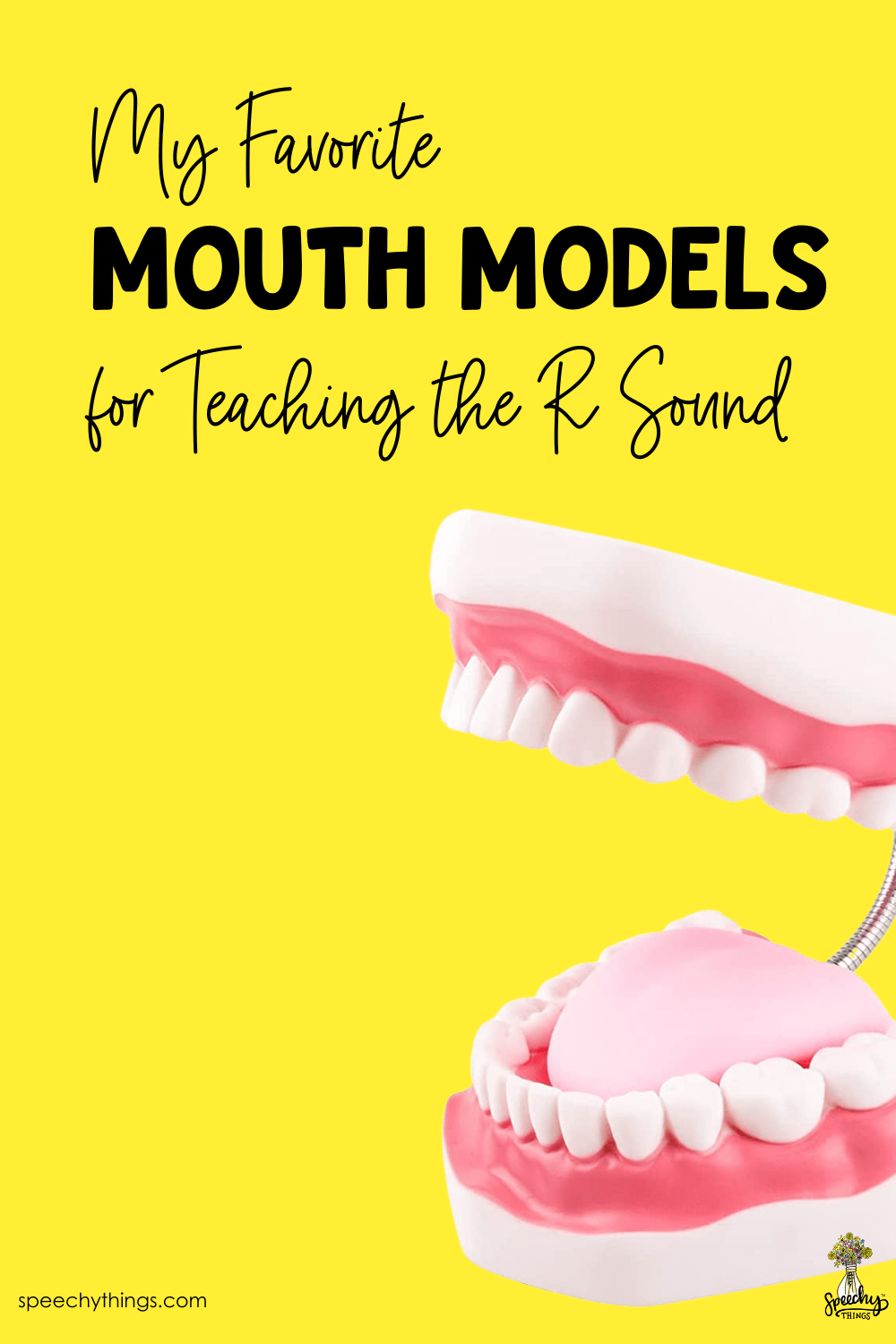
Students working on the R sound need to know exactly what to do with their articulators during speech therapy. It’s such a complex phoneme! This
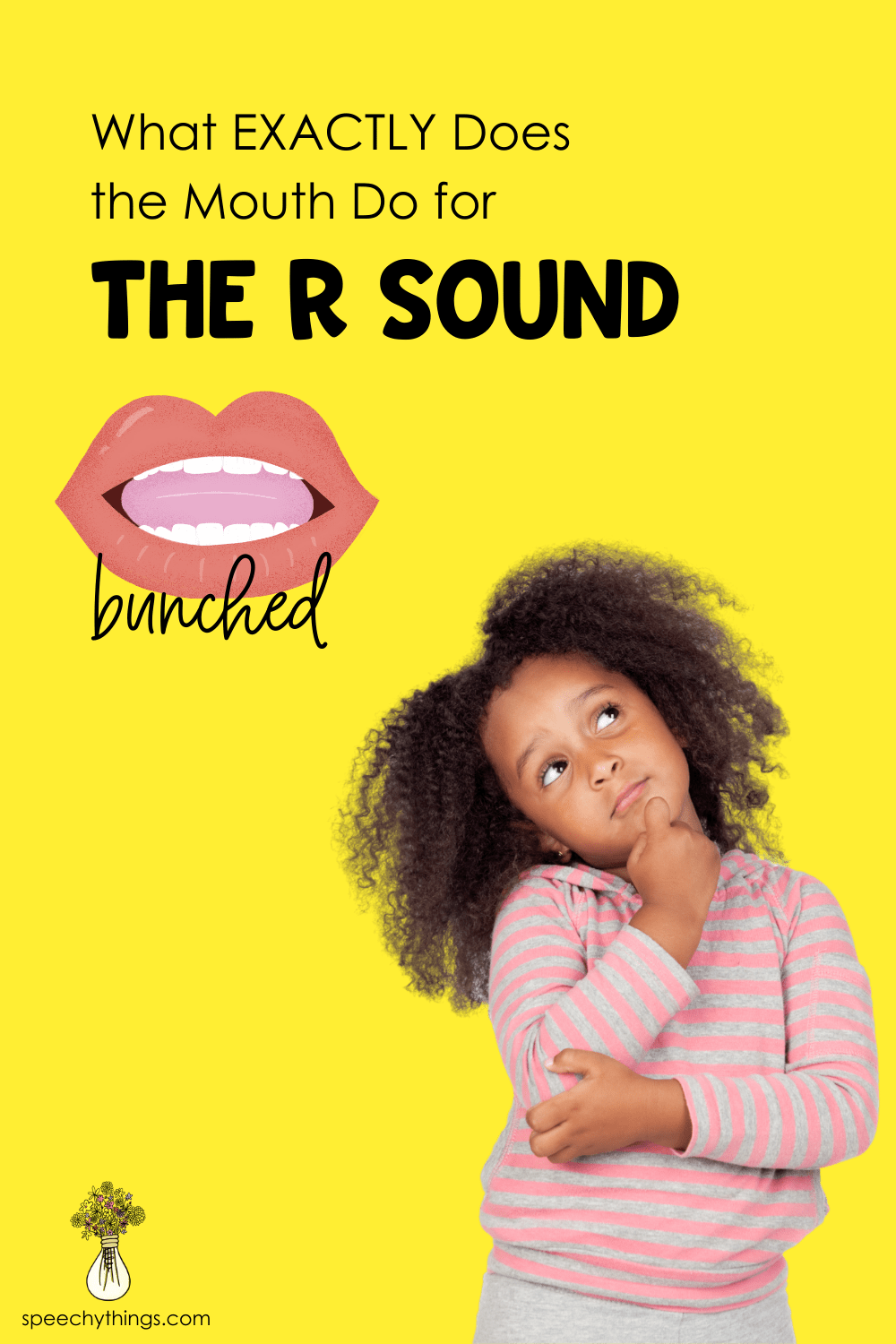
First things first, whether we are working on bunched R or retroflex R, we need to familiarize our students (and ourselves!) with the anatomy of
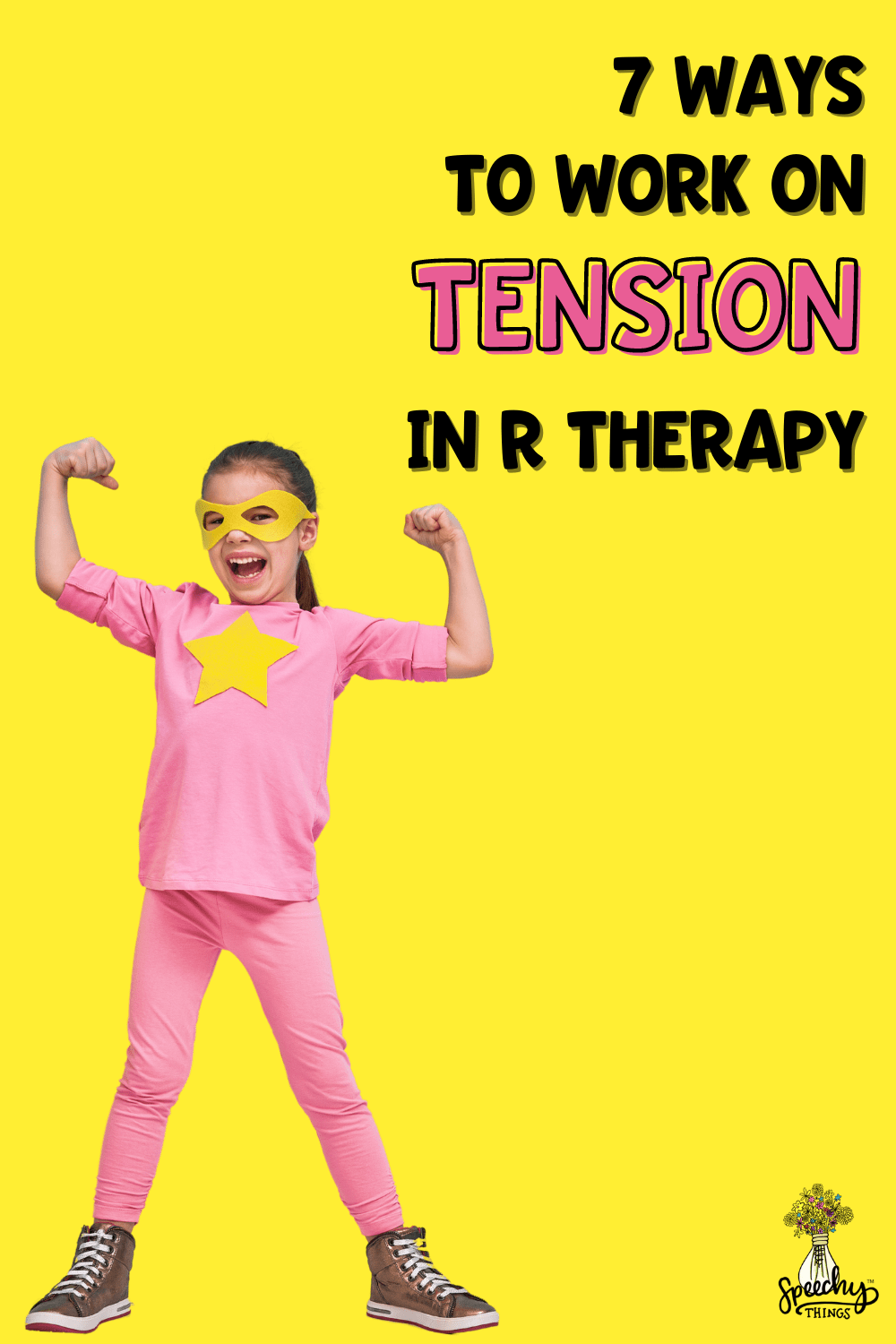
So your student SEEMS to have the proper placement for R… but there’s still a distortion? Tension may be the culprit. No no no… I

I’m a pediatric SLP who specializes in the R sound. Fun fact- I actually used to dread the R but after dedicating a lot (like… a lot a lot) of time to researching and troubleshooting… I now love it! So much, in fact, that I currently spend my days treating “R kids” via my private practice and creating R resources and continuing education for SLPs via Speechy Things. I’m so glad you found me! Let’s “Rock the R” together!